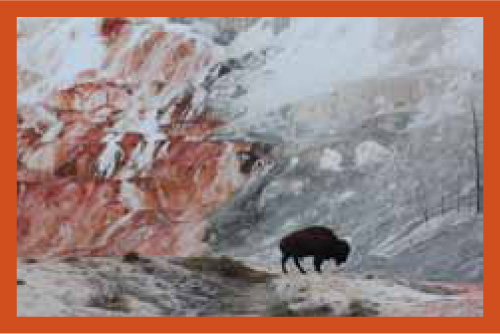CONTENTS
|
PART 6 Health and Physiology |
|
|
Principles of animal organization and function |
|
|
Animal body structures reflect their functions. 792 |
|
|
20.1 |
Most animal bodies are organized in a hierarchy from cells to tissues, organs, and organ systems. 792 |
|
20.2 |
Connective tissue provides support. 795 |
|
20.3 |
Epithelial tissue covers most interior and exterior surfaces of the body. 797 |
|
20.4 |
Muscle tissue enables movement. 798 |
|
20.5 |
Nervous tissue transmits information. 800 |
|
20.6 |
Each organ system performs special tasks. 801 |
|
Animals have an internal environment. 804 |
|
|
20.7 |
Our bodies function best within a narrow range of internal conditions. 804 |
|
20.8 |
Animals regulate their internal environment through homeostasis. 805 |
|
How does homeostasis work? 807 |
|
|
20.9 |
Negative and positive feedback systems influence homeostasis. 807 |
|
20.10 |
Temperature control is a component of homeostasis. 809 |
|
20.11 |
This is how we do it: Why do we yawn? 813 |
|
20.12 |
Animals must balance their water content within a narrow range. 815 |
|
20.13 |
In humans, the kidneys regulate water balance. 817 |
|
Your body sometimes deliberately upsets homeostasis. (And you might not want to fight it) 820 |
|
XXIV
 20 • Introduction to Animal Physiology 791
20 • Introduction to Animal Physiology 791 StreetBIO: KNOWLEDGE YOU CAN USE
StreetBIO: KNOWLEDGE YOU CAN USE